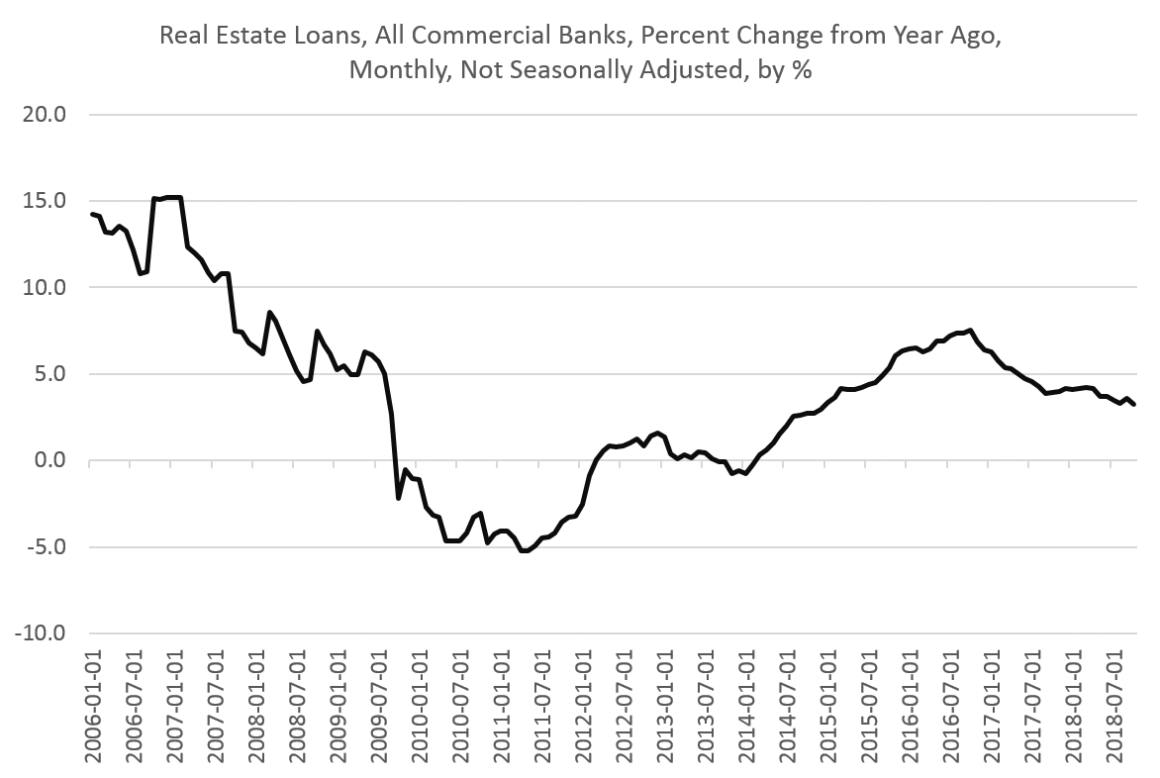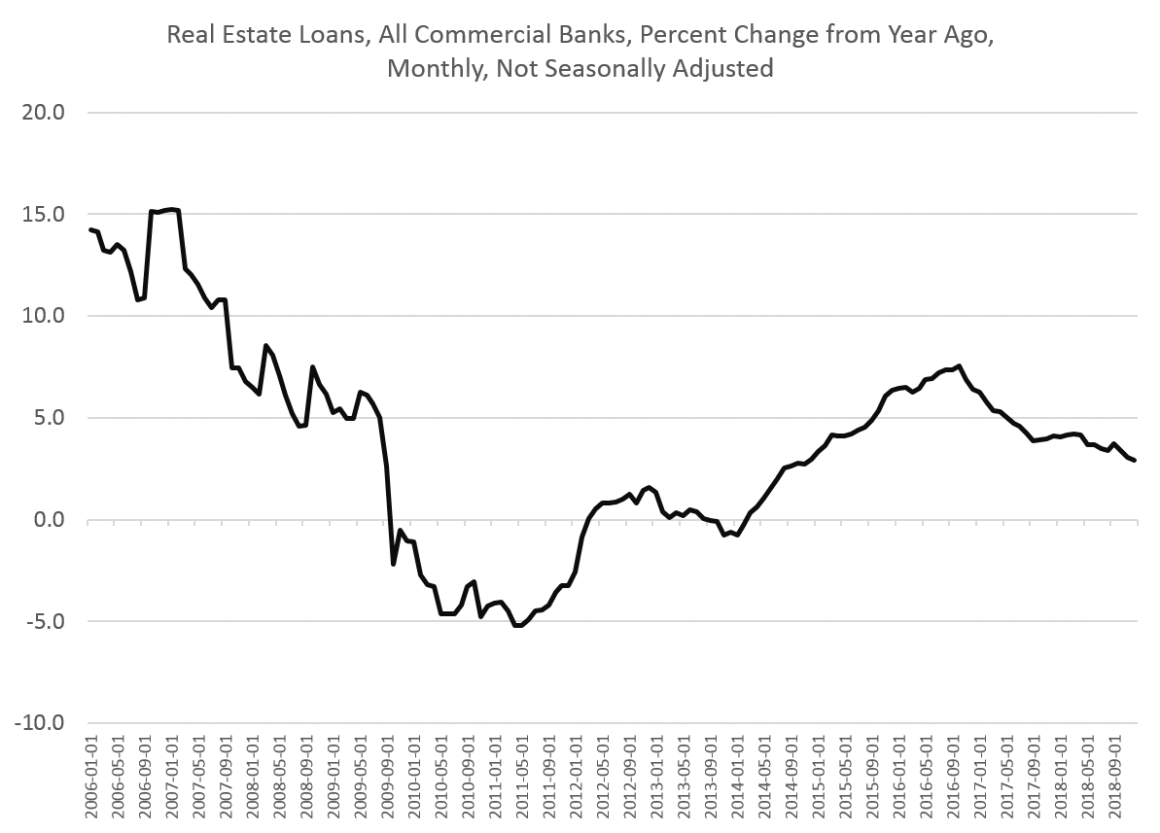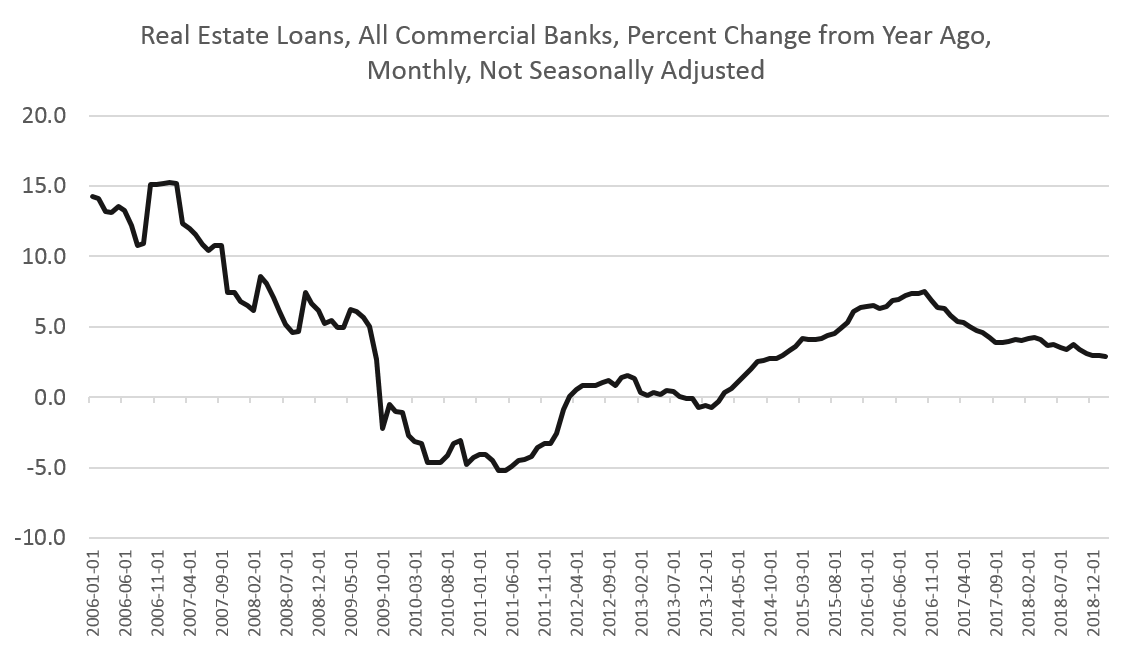
The fed funds market is the total amount borrowed by all banks. A high fed funds rate means banks will lend. That is mlney it costs more to borrow enough fed funds to meet the reserve requirement. Interest rates will be high as a result. A low fed funds rate means banks will lend. That allows them to charge a lower interest rate. That encourages banks to borrow fed funds from each. At the end of each day, monfy with reserves more than the requirement, lend them to banks that are short.
There are three main ways banks make money:
Money creation , or money issuance , is the process by which the money supply of a country, or of an economic or monetary region, [note 1] is increased. In most modern economies, most of the money supply is in the form of bank deposits. The term «money supply» commonly denotes the total, safe, financial assets that households and businesses can use to make payments or to hold as short-term investment. The money supply is understood to increase through activities by government authorities, [note 3] by the central bank of the nation, [3] and by commercial banks. The authority through which monetary policy is conducted is the central bank of the nation. The mandate of a central bank typically includes either one of the three following objectives or a combination of them, in varying order of preference, according to the country or the region: Price stability, i. The central bank is the banker of the government [note 4] and provides to the government a range of services at the operational level, such as managing the Treasury’s single account, and also acting as its fiscal agent e. However, a central bank can become insolvent in liabilities on foreign currency. Central banks operate in practically every nation in the world, with few exceptions. Central banking institutions are generally independent of the government executive. The central bank’s activities directly affect interest rates, through controlling the base rate , and indirectly affect stock prices, the economy’s wealth, and the national currency ‘s exchange rate. Open-market operations OMOs concern the purchase and sale of securities in the open market by a central bank. OMOs essentially swap one type of financial assets for another; when the central bank buys bonds held by the banks or the private sector, bank reserves increase while bonds held by the banks or the public decrease. Temporary operations are typically used to address reserve needs that are deemed to be transitory in nature, while permanent operations accommodate the longer-term factors driving the expansion of the central bank’s balance sheet ; such a primary factor is typically the trend of the money-supply growth in the economy. Among the temporary, open-market operations are repurchase agreements repos or reverse repos, while permanent ones involve outright purchases or sales of securities. Monetary policy is the process by which the monetary authority of a country, typically the central bank or the currency board , manages the level of short-term interest rates [note 9] and influences the availability and the cost of credit in the economy, [5] as well as overall economic activity. Central banks conduct monetary policy usually through open market operations. The purchase of debt, and the resulting increase in bank reserves, is called » monetary easing. State spending is part of the state’s fiscal policy. Deficit spending involves the state spending into the economy more than it receives in taxes and other payments within a certain period of time, typically the budget year. Deficit spending increases the money supply. The mainstream view is that net spending by the public sector is inflationary in so far as it is «financed» by the banking system, including the central bank, and not by the sale of state debt to the public. The existence itself of budget deficits is generally considered inflationary by mainstream economics, [14] so policies are prescribed for the lowering of the deficit, [note 10] while heterodox economists such as Post-Keynesians treat deficit spending as «simply» a fiscal policy option. When commercial banks lend out money, they are expanding the amount of bank deposits. Banks are limited in the total amount they can loan by their capital adequacy ratios , and their required reserve ratios. The required-reserves ratio obliges the bank to keep a minimum, predetermined, percentage of their deposits at an account at the central bank. A negative supply of money is predicted to occur in the event that all loans are repaid at the same time. Therefore, the money multiplier is [14].
Why Is the Money Supply Important?
And just as the heart works to pump life-giving blood throughout the body, the central bank pumps money into the economy to keep it healthy and growing. Sometimes economies need less money, and sometimes they need more. The methods central banks use to control the quantity of money vary depending on the economic situation and power of the central bank. The quantity of money circulating in an economy affects both micro and macroeconomic trends. At the micro level, a large supply of free and easy money means more personal spending. Individuals also have an easier time getting loans such as personal loans, car loans, or home mortgages. At the macroeconomic level, the amount of money circulating in an economy affects things like gross domestic product, overall growth, interest rates, and unemployment rates. The central banks tend to control the quantity of money in circulation to achieve economic objectives and affect monetary policy. Through this article, we take a look at some of the common ways that central banks control the quantity of money in circulation. As no economy is pegged to a gold standard , central banks can increase the amount of money in circulation by simply printing it. They can print as much money as they want, though there are consequences for doing so. Since this can cause inflation, simply printing more money isn’t the first choice of central banks. One of the basic methods used by all central banks to control the quantity of money in an economy is the reserve requirement. As a rule, central banks mandate depository institutions to keep a certain amount of funds in reserve against the amount of net transaction accounts. Thus a certain amount is kept in reserve, and this does not enter circulation. When the central bank wants more money circulating into the economy, it can reduce the reserve requirement. This means the bank can lend out more money. If it wants to reduce the amount of money in the economy, it can increase the reserve requirement. This means that banks have less money to lend out and will thus be pickier about issuing loans.

Banking and the expansion of the money supply
The money supply is the total amount of money—cash, coins, and balances in bank accounts—in circulation. The money supply is commonly defined to be a group of safe assets that households and businesses can use to make payments or to hold as short-term investments. For example, U. There are several standard measures of the money supply, including the monetary base, M1, and M2. Over some periods, measures of the money supply have exhibited fairly close relationships with important economic variables such as nominal gross domestic product GDP and the price level. Based partly on these relationships, some economists—Milton Friedman being the most famous example—have argued that the money supply provides important information about the near-term course for the economy and determines the level of prices and inflation in the long run. Central banks, including the Federal Reserve, have at times used measures of the money supply as an important guide in the conduct of monetary policy. Over recent decades, however, the relationships between various measures of the money supply and variables such as GDP growth and inflation in the United States have been quite unstable. As a result, the importance of the money supply as a guide for the conduct of monetary policy in the United States has diminished over time.
The Secret to How the Fed Controls Interest Rates
Ever wonder why some banks give you money to switch? And how a new mobile bank like ours can offer ggowth not charge fees abroad and still pay you interest on your balance? Of course, no sensible business would want to operate without supplg aim of making a profit, and banks are certainly no different — so how do they make their money?
So here it is, the blog post for you to answer ths very question. In UK retail banks, there are typically four main income streams. Banks then lend a proportion of these deposits out to customers, as overdrafts, term loans, suply and other products and this produces interest expense. It is the sum of these two figures that generates net interest income, which is mojey the excess interest generated by banks from lending customer deposits to other customers through overdrafts or other lending products, less the interest it pays customers on deposits.
In turn, we pay you 0. Having said that, to make sure that we never find our customers queuing around the block in Finsbury Avenue chasing their money, Starling, bankx any other bank, will hold a certain amount of customer deposits in cash and other high how do banks make the money supply growth liquid assets in order to provide enough liquidity i. This means that you can continue to access and withdraw your cash wherever you are and whenever you need to — no problems.
This generates another far more modest source of income for Starling known as treasury income. Interchange income is a transaction-based revenue that banks, like ours, receive each and almost every time you use your card to buy things. Usually, this is where a typical high street bank will include any fees they have generated, commission they have earned relating to financial products, or where a bank might recognise fees on a premium account offering that charges a monthly subscription.
For most traditional banks, this will be as a result of cross-selling or upselling their own financial products, such as packaged current accounts, mortgages, credit cards makw personal loans — you know, those pesky emails and letters in the post that you might find yourself receiving on a regular basis! And this is how Starling can make fee and commission income, as some but not all of our partners will give us a percentage or flat fee for every sign up made through our Marketplace.
This is one of the hte benefits of being an agile, mobile bank — which can only be better grodth our customers. Please be aware that from the 1st April our how do banks make the money supply growth rates will be changing. Discover our current rates. January is all about goal setting. Rosie, our money agony aunt, shares her tips on how and where to cut spending so you can save money all year. Planning a holiday? Sipply our interactive travel budget tool we thd three destinations that you will want to put on your travel bucket list.
January can feel overwhelming, full of unrealistic expectations for new habits. Here are four products that could help keep your finances on track throughout the year. The new year brings on a flurry of resolutions, many of which may be related to money. Here are some ways to help you save money in the new year. Fancy a trip to Lisbon? Here are four suggestions for cities you could go to cheaply and easily thee a perfect winter weekend getaway.
Our Privacy Notice sets baks how the personal data collected from you will be processed by us. Treasury income This generates another far more modest source of income for Starling known as treasury income.
Interchange income Interchange income is a transaction-based revenue that banks, like ours, receive each and almost every time you use your card to buy things.
Prev Next. Personal finance. Phone Number. Get the app.
Recommended Stories

If you’re seeing this message, it means we’re having trouble loading external resources on our website. To log in and use all the features of Khan Academy, please enable JavaScript in your browser. Donate Login Sign up Search for courses, skills, and videos. Bank balance sheets in a fractional reserve. Money creation in a fractional reserve. Bank balance sheet free response question. Lesson summary: banking and the expansion of the money supply. Practice: Introduction to fractional reserve banking. Practice: Required reserves, excess reserves, and bank behavior.
Comments
Post a Comment